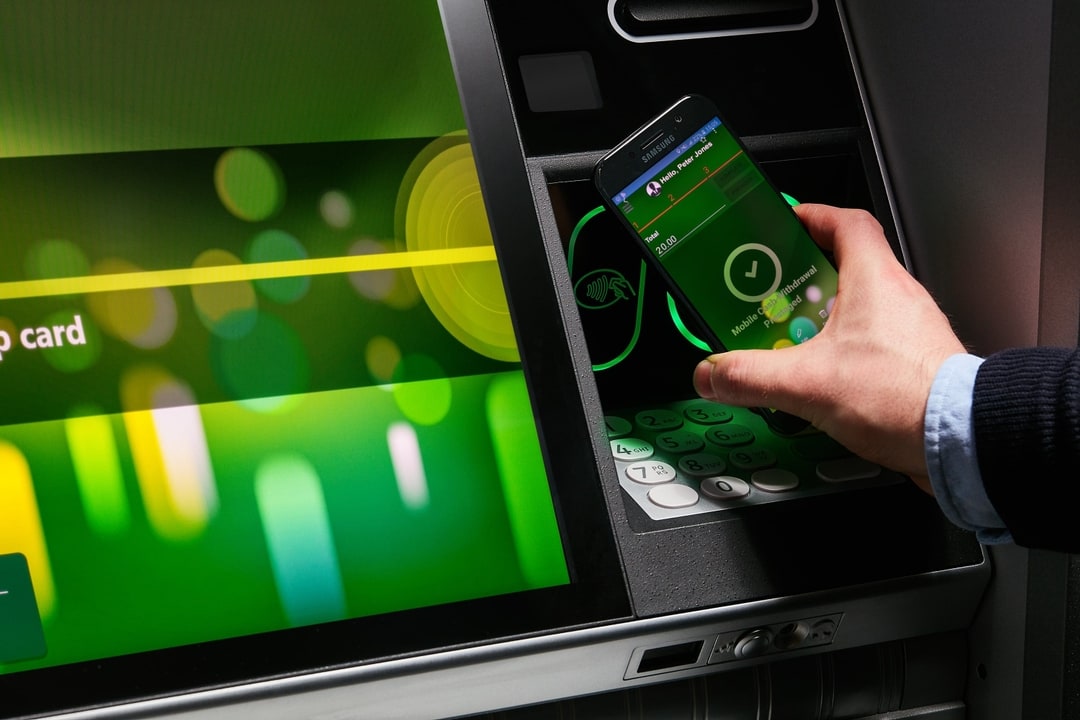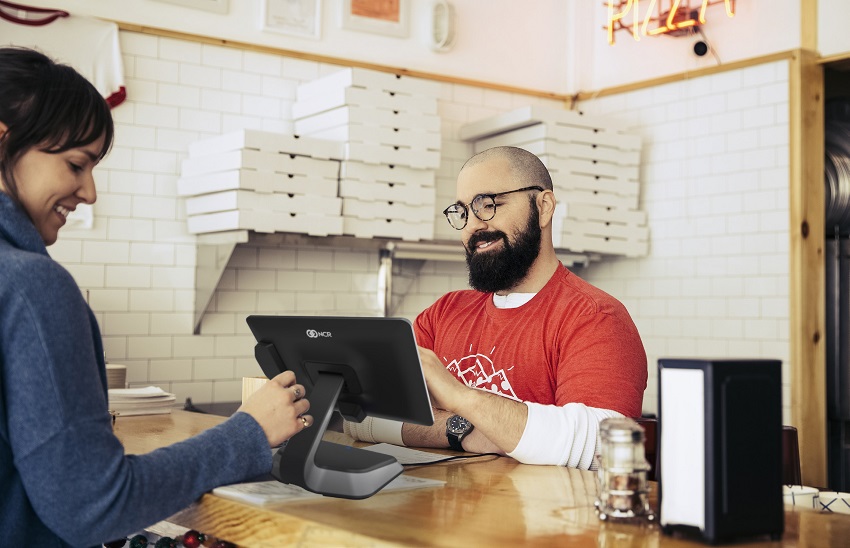Mobile and social commerce are set to explode this year
Published November 15, 2021
What’s in store this holiday season? How about record stockouts, higher prices and smaller discounts.
Last holiday season was a wild ride for retailers and shoppers alike as pandemic-fueled ecommerce spending shot through the roof. This year it might just blast into space.
Retail analysts already predict that price inflation and supply-chain issues will mean fewer and smaller discounts and less merchandise available in many cases. We are nevertheless expected to spend like never before.
According to Adobe’s online shopping forecast for the 2021 holiday season, U.S. consumers will spend a record-breaking $207 billion online this year. That’s a full 10 percent above last year, which was also an ecommerce record breaker as the pandemic made online shopping an essential serve.
Globally, online spending is expected to reach $910 billion this holiday season, a year-over-year increase of 11 percent.
The expected boom in online ordering will further strain supply chains and drive inflation higher this holiday season.
The number of out-of-stock notifications has soared 172 percent over the pre-pandemic period, Adobe reported. Analysts expect the current level to stay in place while increasing for certain products as this holiday season ramps up. The highest current levels of stockouts are currently in apparel, followed by sporting goods, baby products and electronics.
Holiday shopping prices?
Heavy ordering at a time of already strained global supply chains will push prices online higher this season. Adobe expects U.S. consumers to pay 9 percent more on average during Cyber Week this year due to smaller discounts and persistent-ecommerce inflation.
Shipping rates are rising too, faster than they have in nearly a decade. That puts pressure on retailers to pass costs on to consumers.
What’s hot this year? Social commerce
Or let’s call it retweets, likes, shares and comments. That’s how marketers measure success when tapping social-media users and influencers to drive online sales of goods and services. Social commerce spending this holiday season is bigger than ever … and growing.
Take Pinterest, a social media company with a largely female and financially mature user base. The company is drawing wild attention from ecommerce suitors, or potential buyers, who want access to the platform’s Pinners, many of whom are professional women aged 24 to 49. This is an alluring online shopper demographic and a potential ecommerce windfall from home decorating, apparel and event planning purchases.
Turns out, online retailers and ecommerce transaction enablers, are all too aware that online shoppers start their buying journeys at social media hotspots such as Pinterest, Facebook, Instagram and Twitter. These platforms are fertile grounds to sow with enticing product videos, promotions, giveaways and review forums. They’re also easy to reap, using direct links to checkout, shopping cart and other purchase portals. This is where merchants close sales, and with increasing efficiency and volume.
When it comes to effective social commerce, retail blogger Jeff Bullas believes the four best-in-business retail brands are:
Nordstrom, whose Pinterest integration includes tagging physical store items trending online with “Popular on Pinterest” labels.
Coca-Cola, which personalized its iconic red coke bottle sticker with the most popular first names in each country, and then invited social media users to post photos of their name-branded bottles using hashtag #ShareACoke.
Lolly Wolly Doodle, a fashion brand targeting women and girls that lets followers design and order their own clothes via Facebook. Bullas put it best: “Comment on the post with the size you want, any personalization needs and your email ID. Voila, fastest fingers first and you bought the item!”
Starbucks, which rewards customers with discounts for sharing more and more on foursquare about Starbucks locations.
What’s the latest?
Social commerce sales are expected to increase 35.8 percent to $36.62 billion in 2021, according to Insider Intelligence, a market research publisher. And that’s on top of an explosive 2020, fueled by pandemic-related ecommerce and social media activity. Average time spent on phones in the U.S. surged past three hours per day in 2020.
As for sales stats, Insider Intelligence counts social-commerce purchases made directly on a social platform, or by direct link through an online ad or other social media content.
While the growth of U.S. social-commerce is impressive, the gross annual dollar value is but one tenth that of China’s, which is expected to come in at $351.65 billion in 2021. Yes, this thing is global. And it’s all getting easier for consumers.
Social platforms including Facebook, Twitter, Pinterest and Snapchat have all introduced buy buttons, which let users shop and buy stuff right in the platform – no need to leave. Also, many retailers now offer one-click checkout on their websites. This lets shoppers enter payment information once. Then, signed-in customers can forever bypass the normal checkout routine, never having to re-enter their digits.
Ecommerce, social commerce, mobile commerce
Social commerce is a solar system in the ecommerce galaxy, which SearchCIO describes as “the buying and selling of goods and services, or the transmitting of funds or data, over an electronic network, primarily the internet.”
To note: ecommerce transactions come in the form of business-to-business (B2B), business-to-consumer (B2C), consumer-to-consumer and consumer-to-business. Mainly though, It’s B2B, B2C and C2C. Here are three examples:
Social commerce, as we’ve described, is essentially the marketing and sale of products and services online via social media platforms, which are essentially online media companies that make money selling ad space and time to advertisers.
Mobile commerce, or m-commerce is the marketplace of purchases and banking transactions, money transfers and mobile payments (QR code, NFC) through a mobile device, such as a smartphone. Remember, ecommerce is all the above, but done on a computer.
In any case, mobile commerce has grown tremendously in recent years due to advances in smartphone accessibility, high-speed internet and cultural shift in internet browsing from computers to smartphones and other mobile gadgets.
Insider Intelligence put U.S m-commerce at $284 billion in 2020, about 45 percent of the total U.S. ecommerce market.
Driving growth even higher is the explosion in availability of (and consumer preference for) cashless and contactless payments.
Related: How brick-and-mortar businesses can engage digital-first audiences with social commerce
More ways to pay
Let’s break this down.
Cashless payments mean just that. These transactions do not involve cash. They do include bank transfers, credit card payments, mobile payments, and digital wallets.
Contactless payments utilize both mobile device and cards. They include QR codes and near-field communication (NFC) payments that allow smartphones and other devices to share data when in close proximity. They also let devices make payments via mobile wallet apps such as Apple Pay and Android Pay. Cashless payments are also possible with contactless cards, or credit and debit cards enabled with NFC or radio frequency identification (RFID) technology. You simply wave or tap the card near a reader, or senser, and voila.
And finally, we’re back at the curbside
Curbside pickup represented 25 percent of all online orders in December 2020 as cautious consumers sought safer ways to shop. Shipping delays this holiday season are expected to drive even more shoppers to the curb.
Adobe expects curbside pickup to peak from 12/22 to 12/23 (right before Christmas Eve) at a record 40 percent of all online orders, while remaining at 25 percent through November 2021.
As for e-commerce and social media, they remain an increasing share of consumer engagement, and dollars. Social media platforms will continue to blend direct purchase capability into their forums. And done well, this will entwine even more tightly the power of network influencing with online shopping convenience. Let’s see how this year plays out. Happy holidays.
LISTEN NOW: As published
on The Voice of Retail podcast:
David Wilkinson, President, NCR Commerce on the Future of Self-Checkout, POS & more



